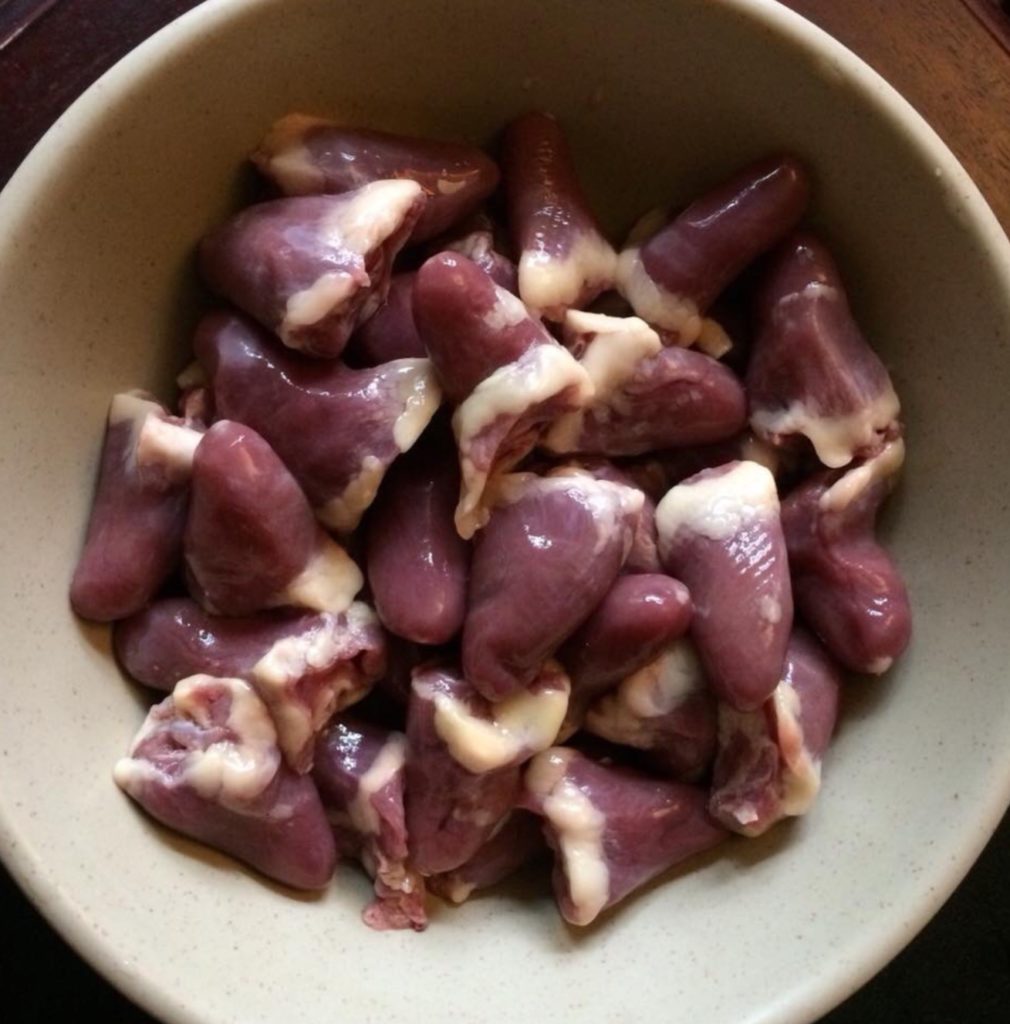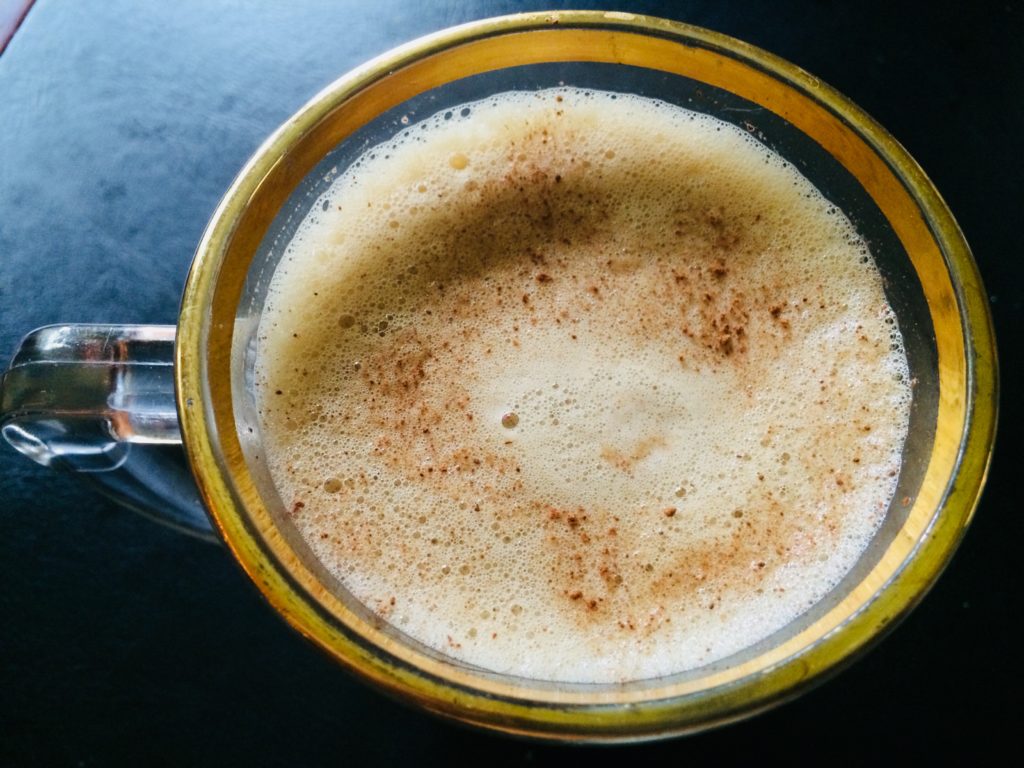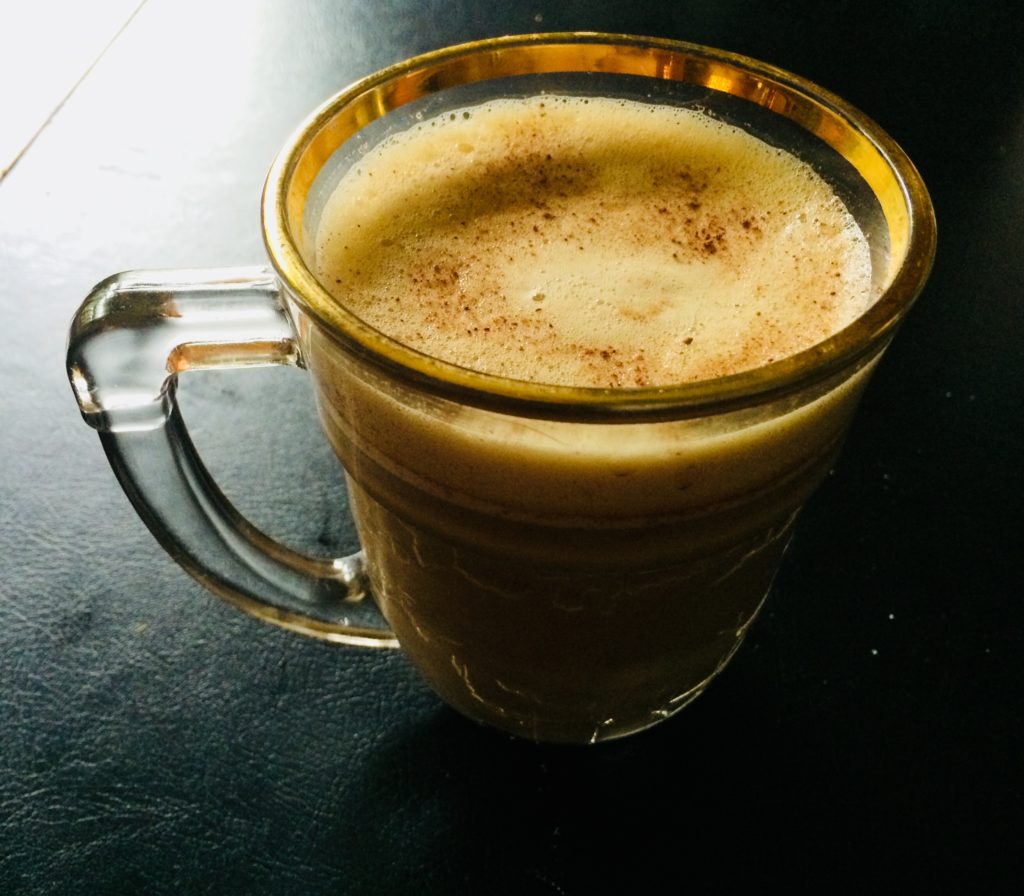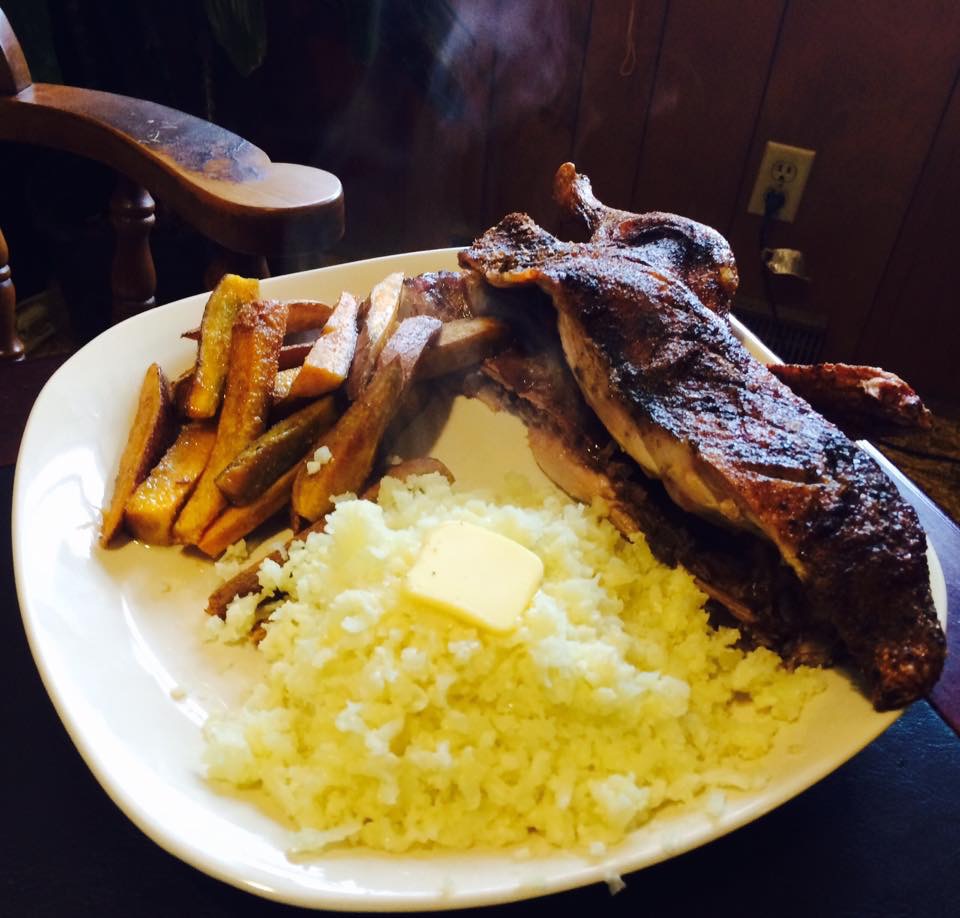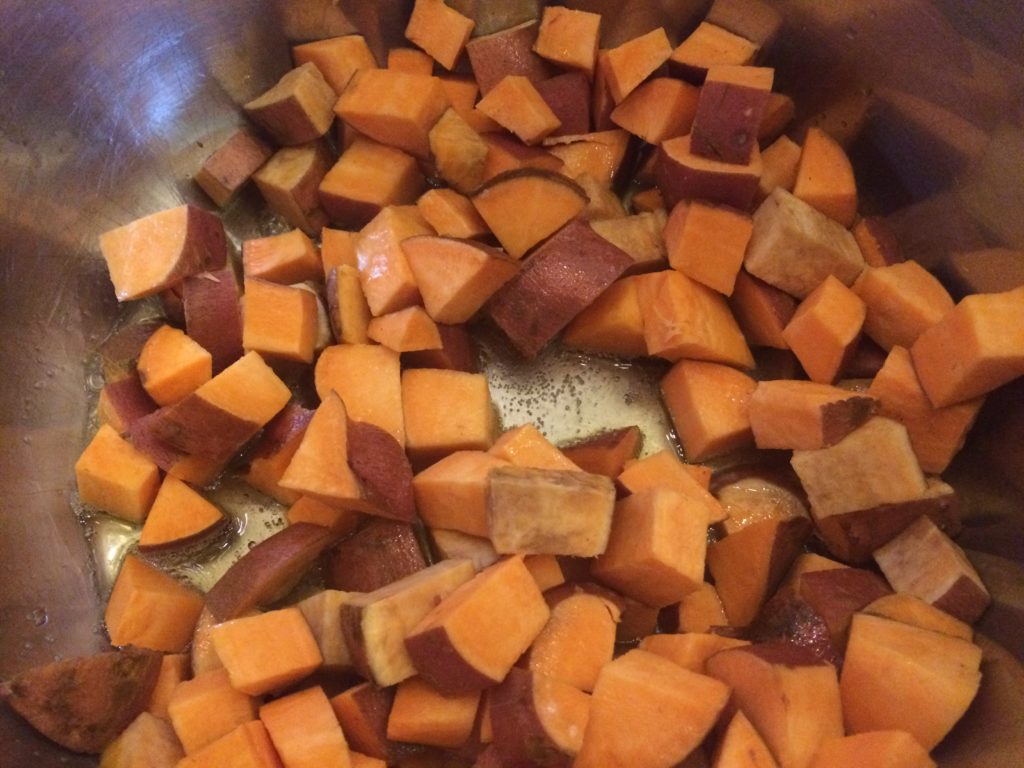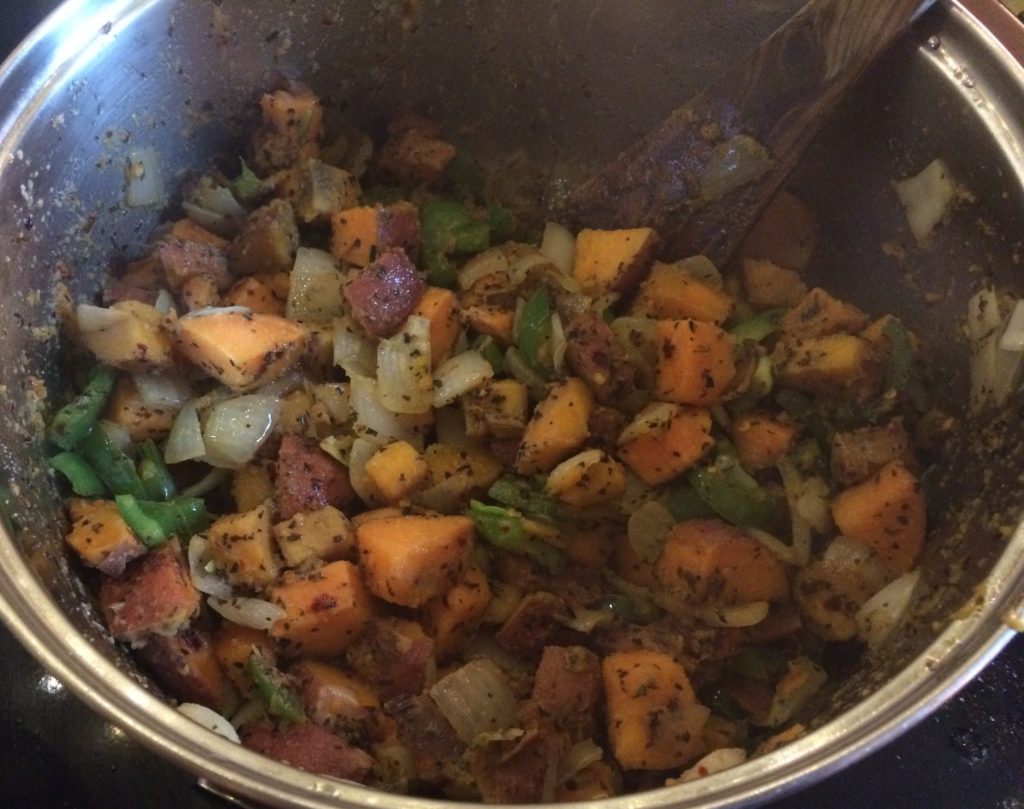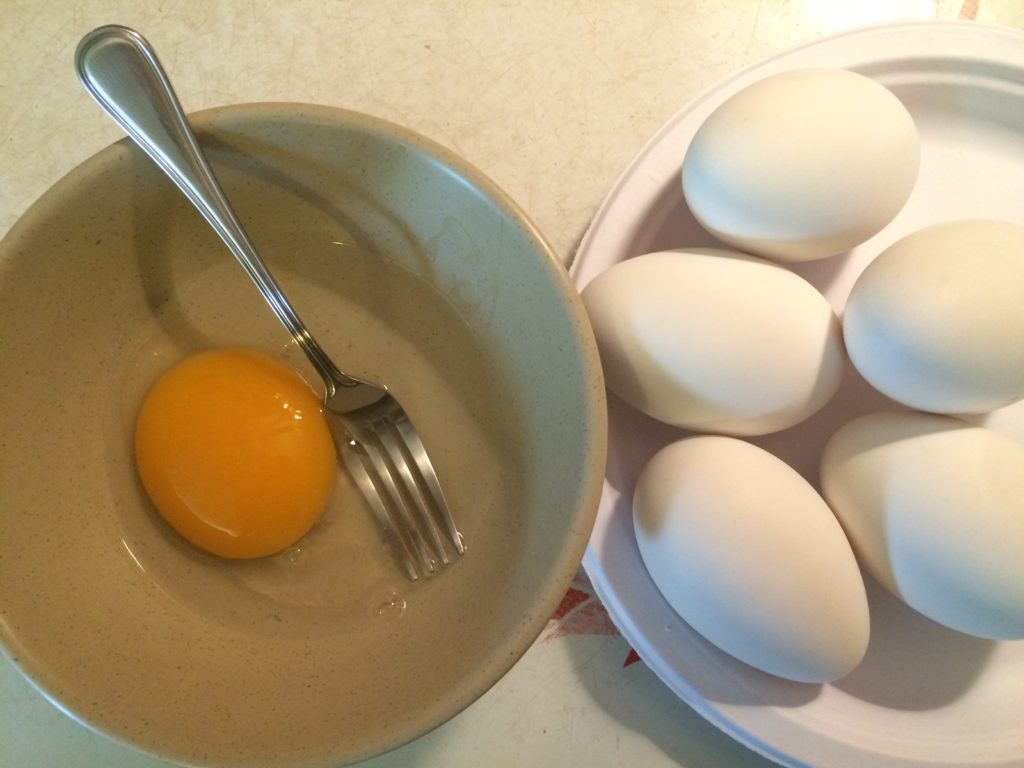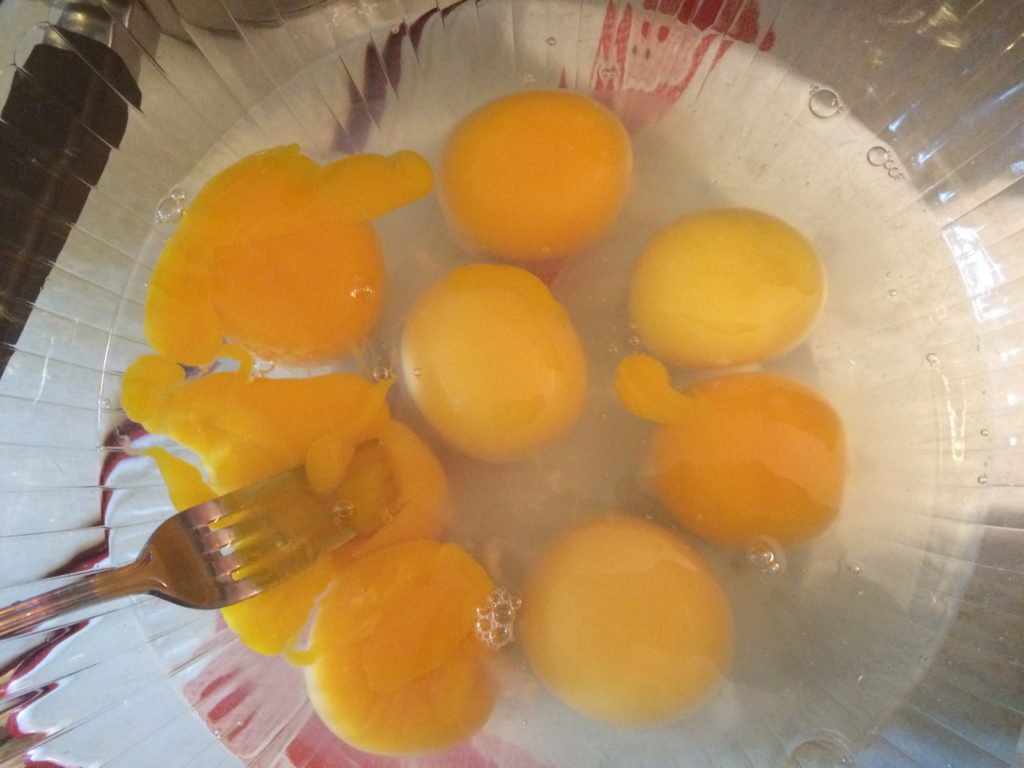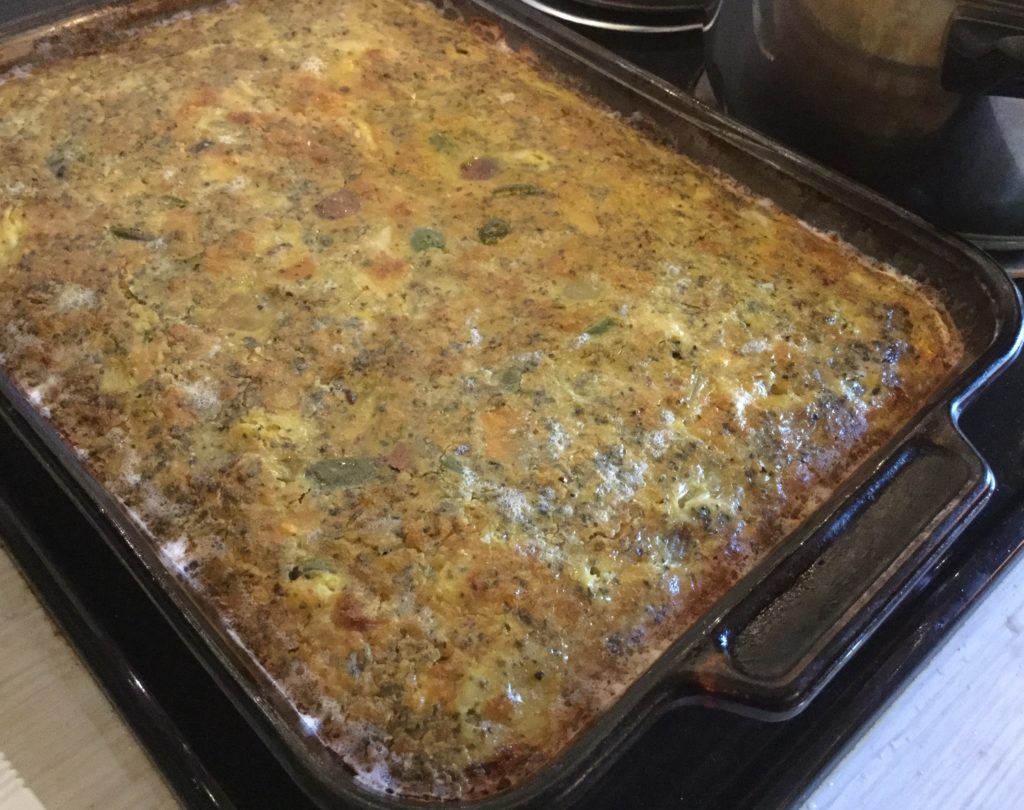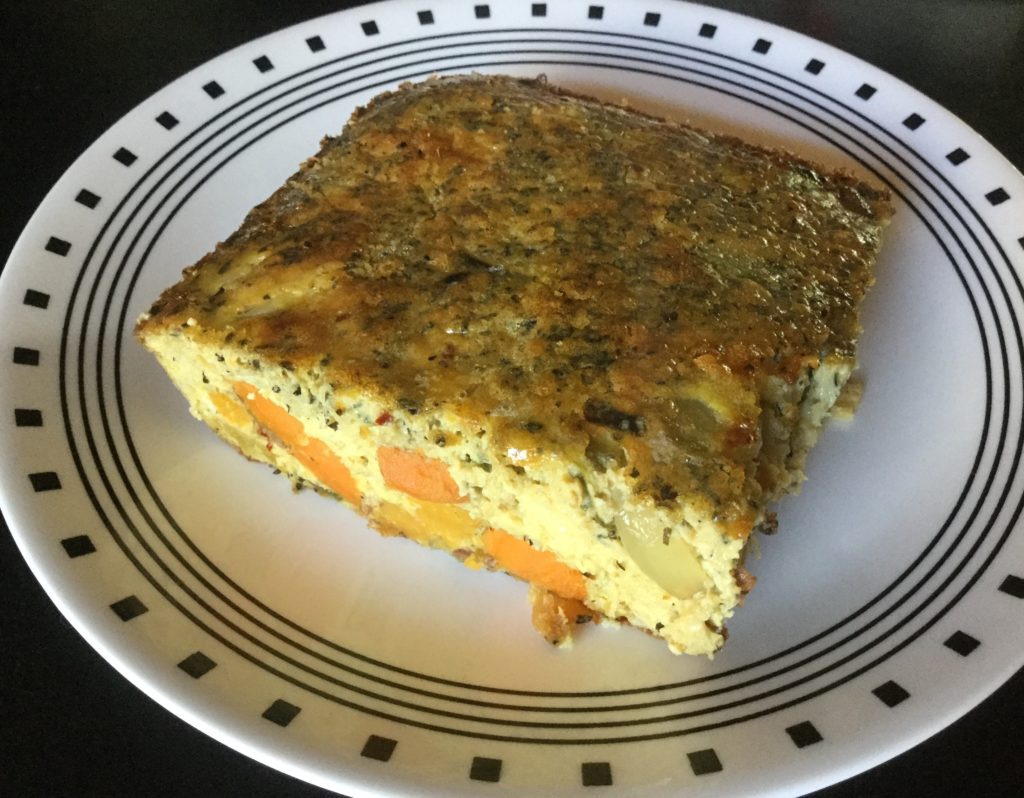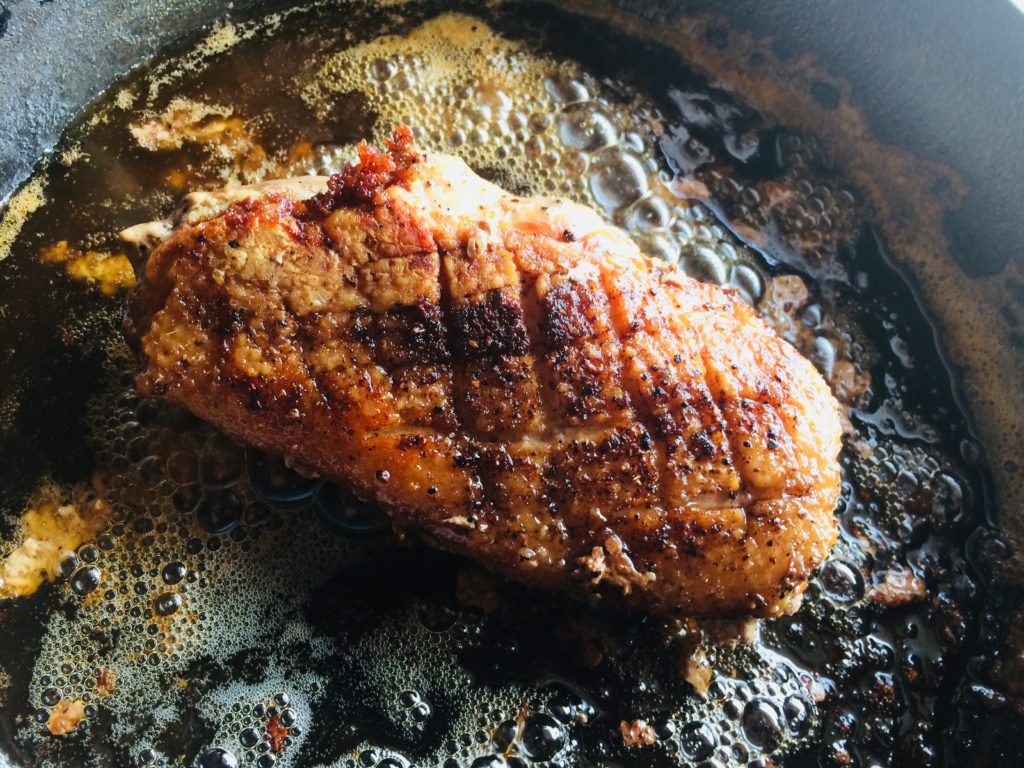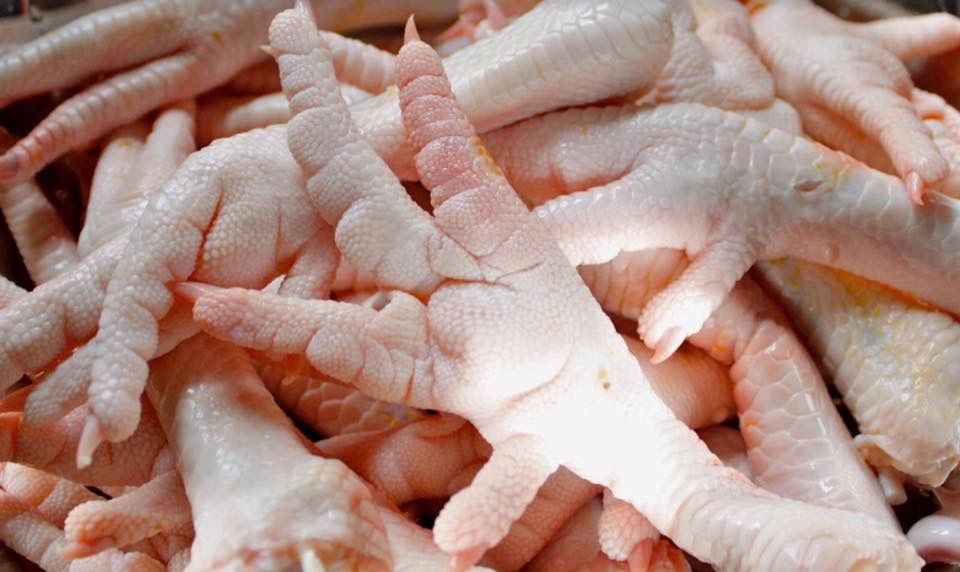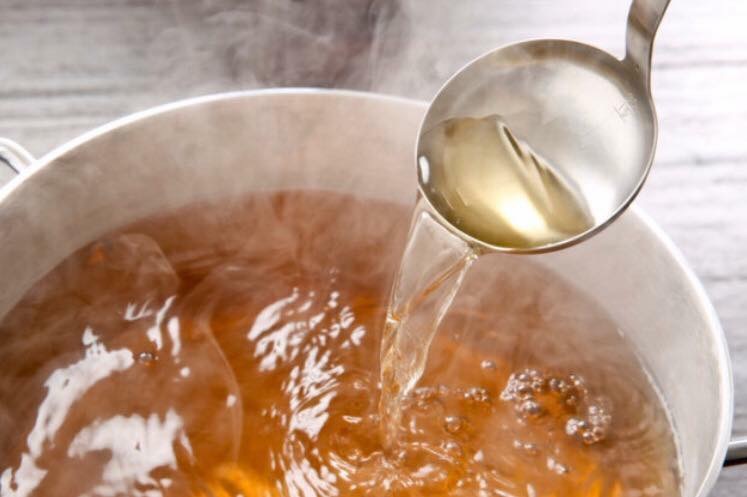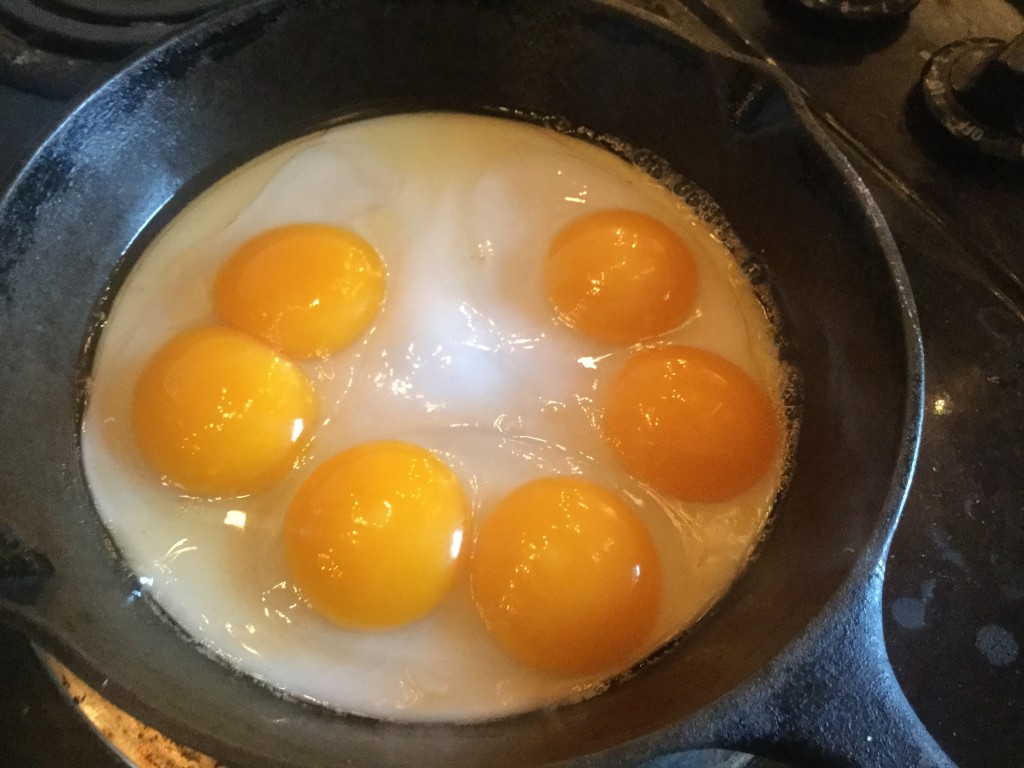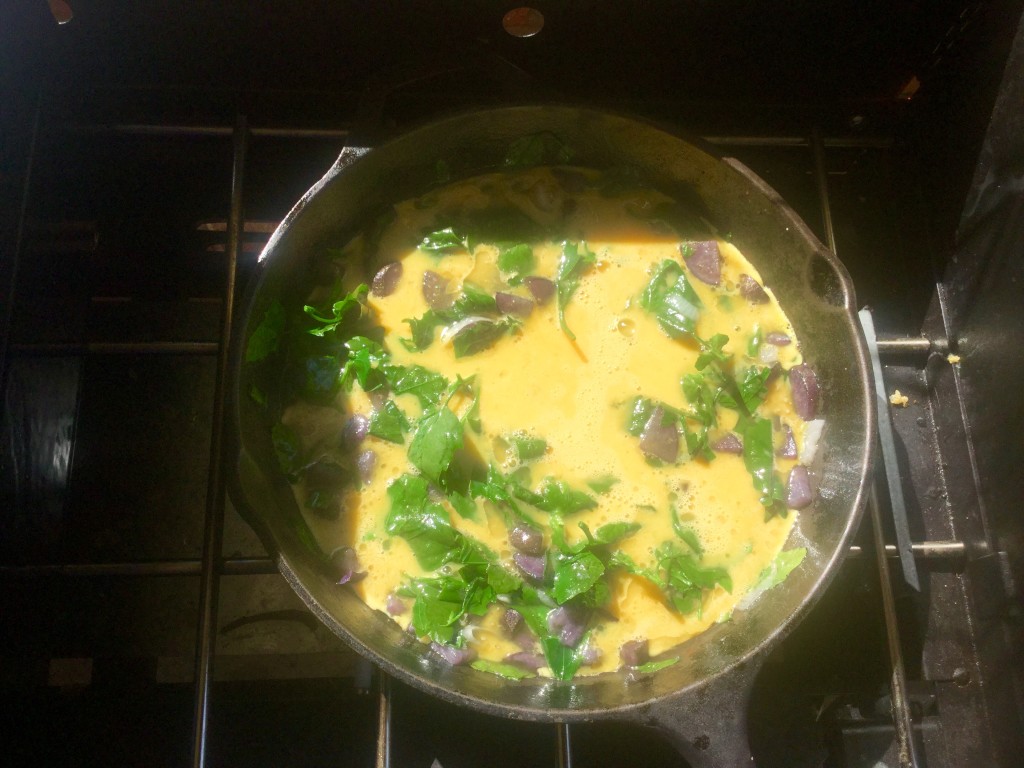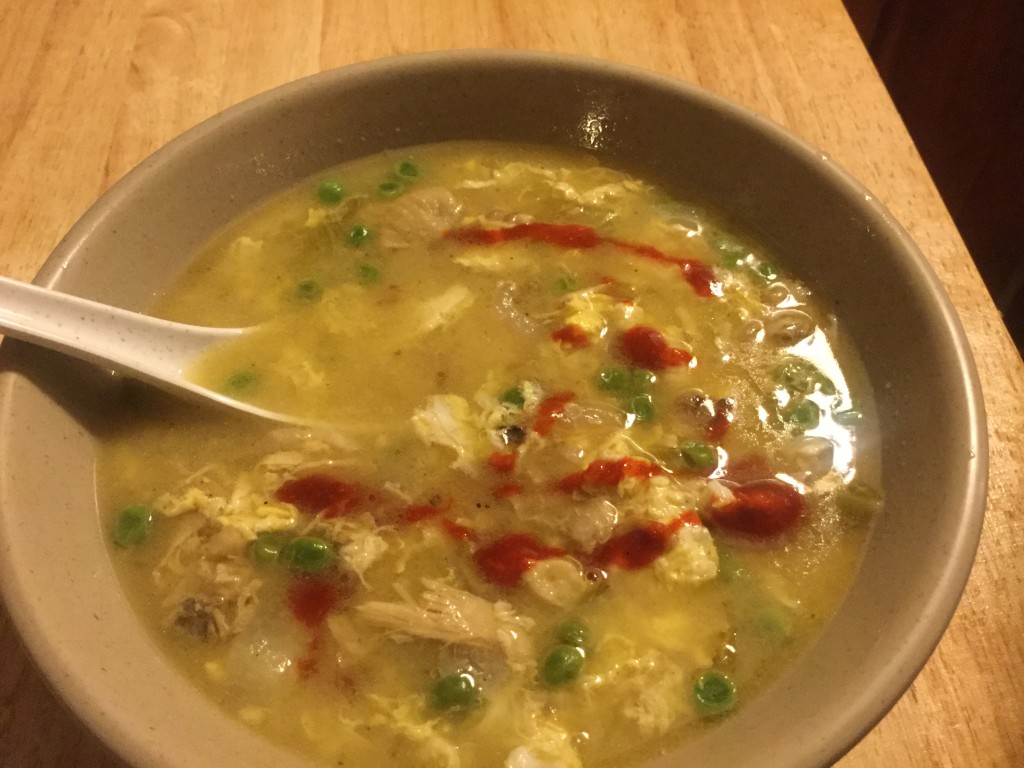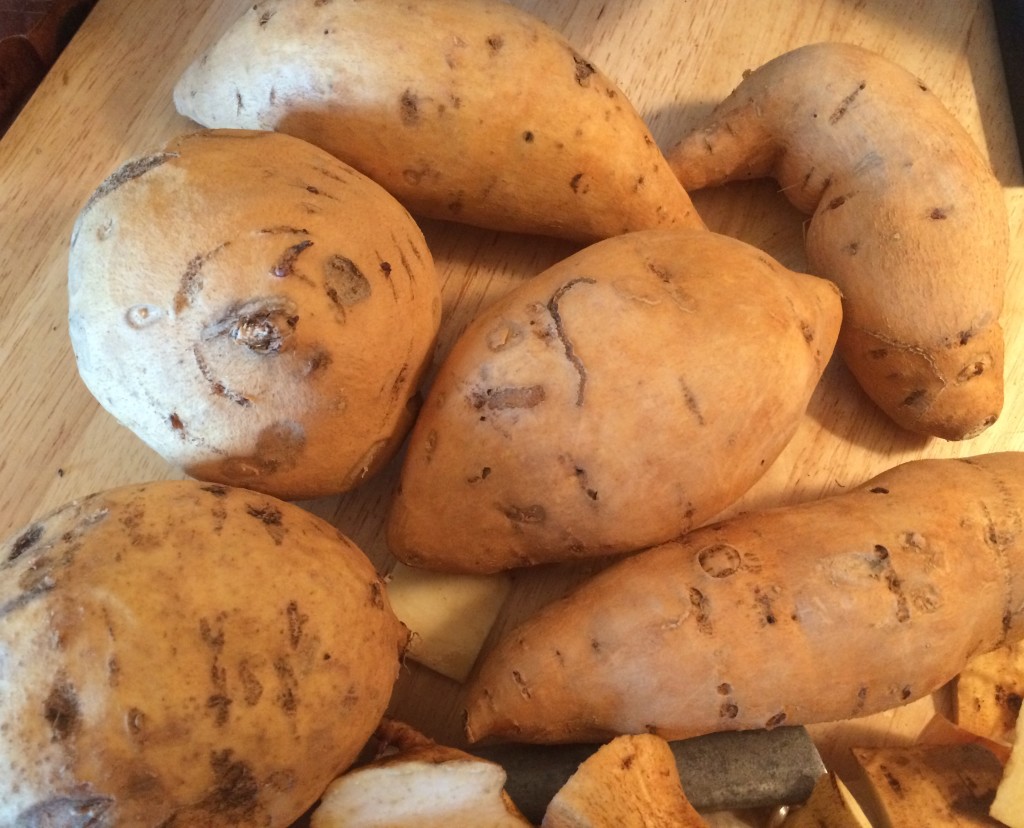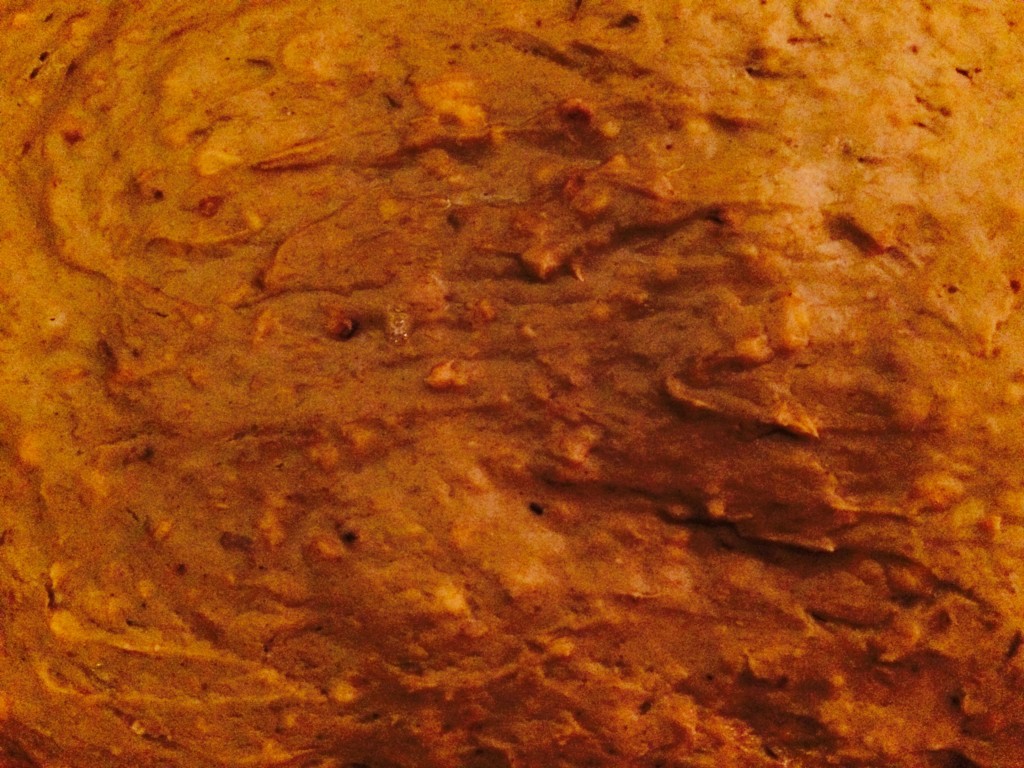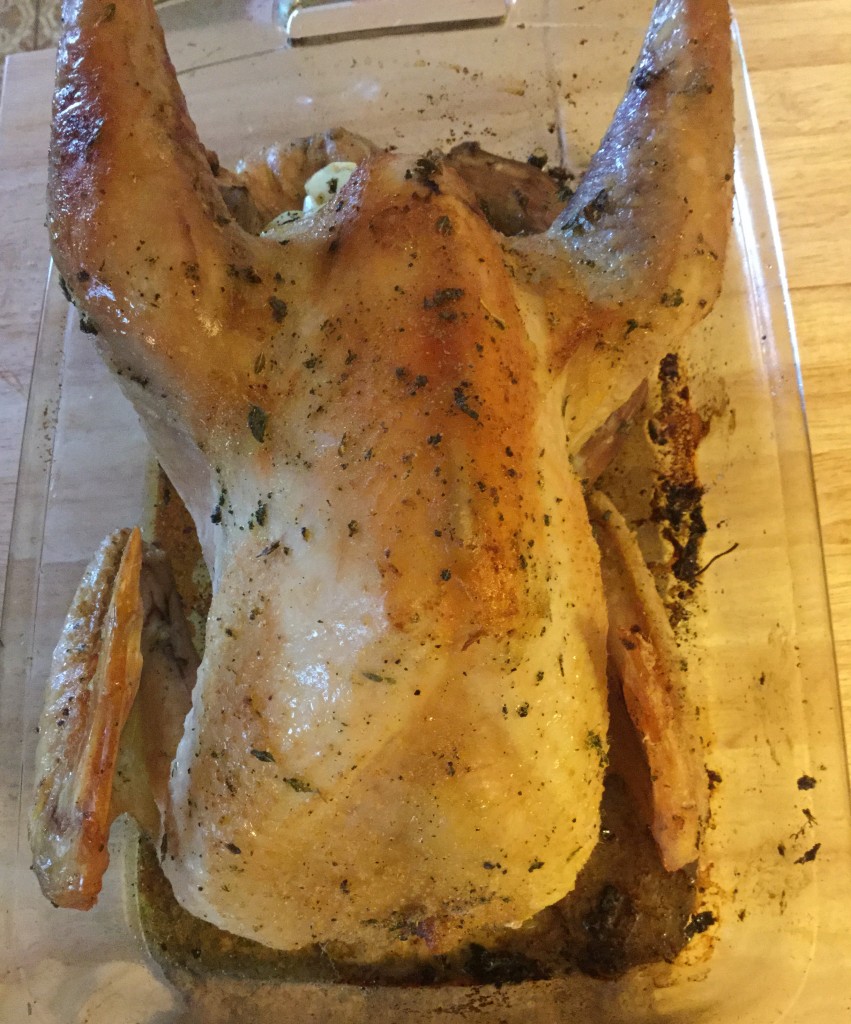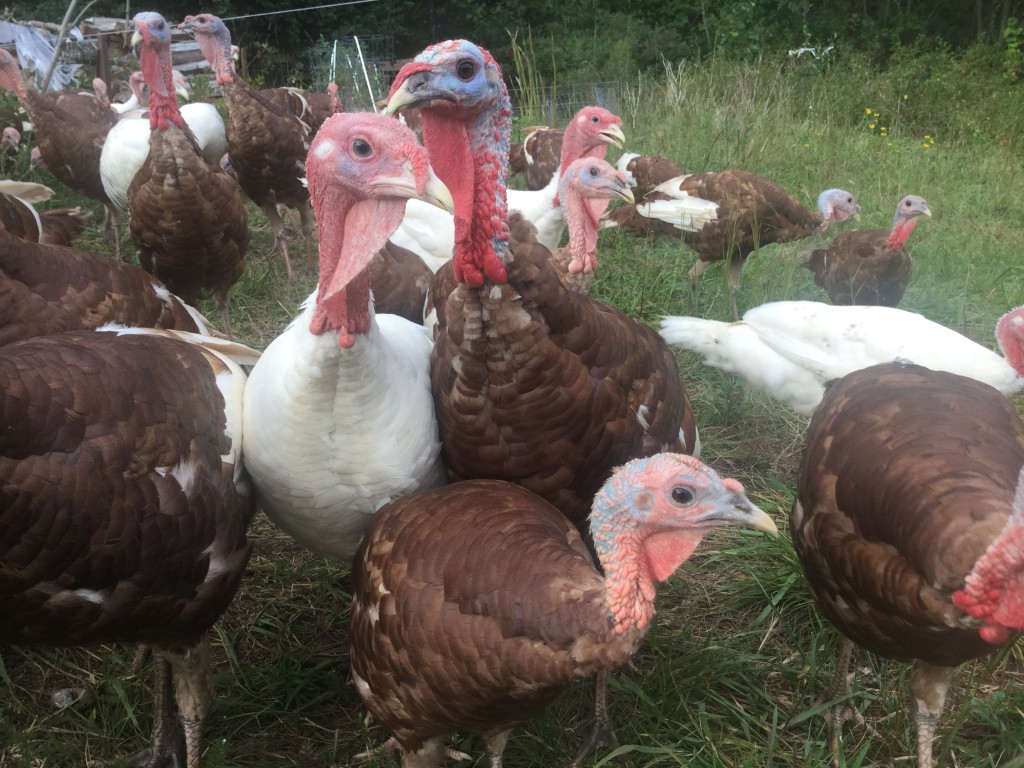You might be shocked by the idea of eating hearts, but never fear, they’re yummy and easy to cook! A delicious meal of stir fried or grilled hearts sure makes an exciting dish for your hot date. Wink, wink.
Average hearts bought in a grocery store don’t benefit you as much as you might think. Although they carry many of the same micro nutrients as our chicken and duck hearts, they also carry the toxins that the animal, which has been raised in a cage or inside and fed subpar feed, has accrued in its organs throughout its life span. So, while these hearts carry positive nutrients they also carry detrimental ingredients as well. But, KW Homestead’s chicken and duck hearts are only good for you! Because our chickens are raised on pasture and fed non GMO feed that is fresh, high-quality, and local, their organs (hearts included) are as clean as can be! This means that when you supplement your diet and your family’s diet with our chicken or duck hearts you can feel confident in what good stuff you’re getting!
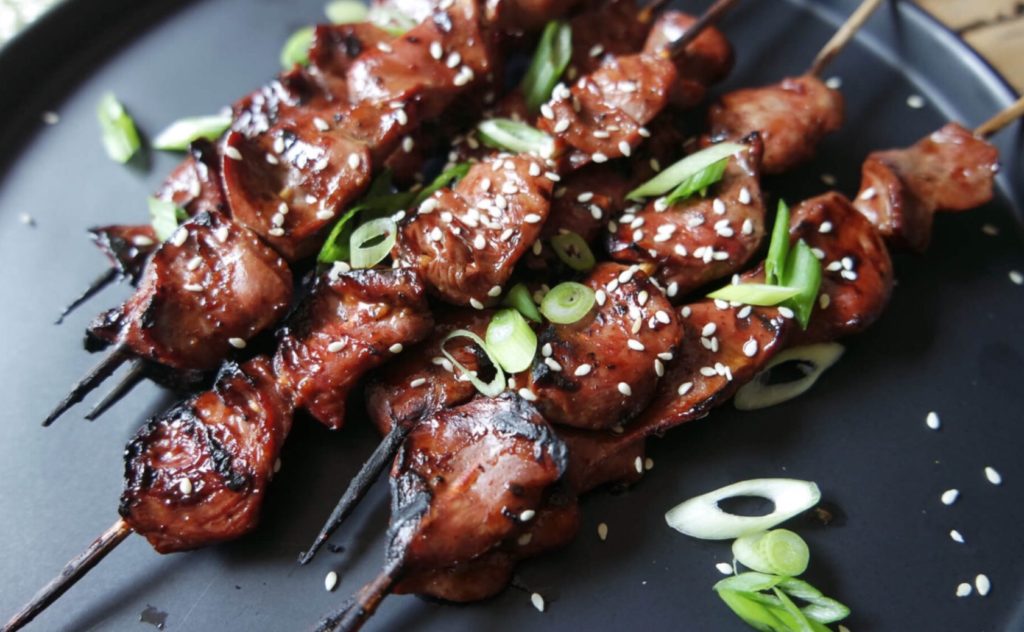
Why Hearts?
Since it’s a muscle, hearts share many nutritional components with steak, roasts and ground beef, but they are way more tender and easy to cook to perfection. Not to mention the extra mincronutirents…
Hearts have higher amounts of protein, thiamine, folate, selenium, phosphorus, zinc, CoQ10 and several B vitamins. Eating hearts is a great way to rack up amino acids that can improve metabolism and compounds that aid the production of collagen and elastin, which fight wrinkles and aging. Research shows that the amazing CoQ10 plays several key roles in your body. One of its main functions is to help generate energy in your cells and it’s involved in making ATP, which is involved in energy transfer within your cells. Its other important role is to act as an antioxidant and to protect cells from oxidative damage. Talk about amazing hearts!
A Few Heart Recipes
Hearts can be prepared for a meal super quickly, and make amazing stir frys. Our favorite way to cook them is this: slice them in half (long-wise) and marinate them in a bowl for 30 minutes with your favorite blend of Asian-inspired spices. Sauté them for about 10 minutes and remove. Add your go-to stir fry veggies, sauté until nearly done, and combine the mostly-cooked hearts. Continue cooking until tender and fully cooked. Yum!
This heart yakitori recipe, though a little more complicated, makes for a lovely presentation. The chef who created this recipe says: “Let me give you a tip for dealing with a carnivore around Valentines Day—skip the teddy bear and the chocolates. If you really want to show you care, do it through the medium of meat!” We love that sentiment!
